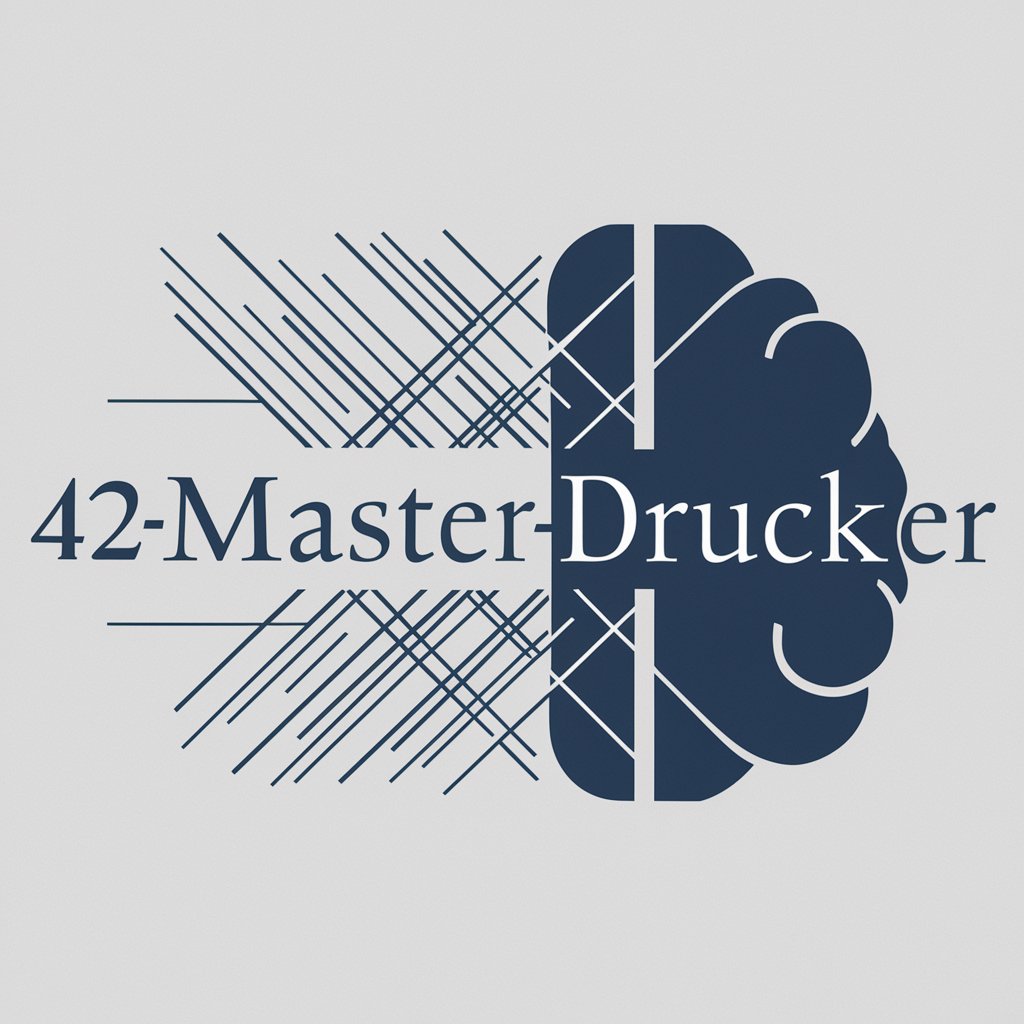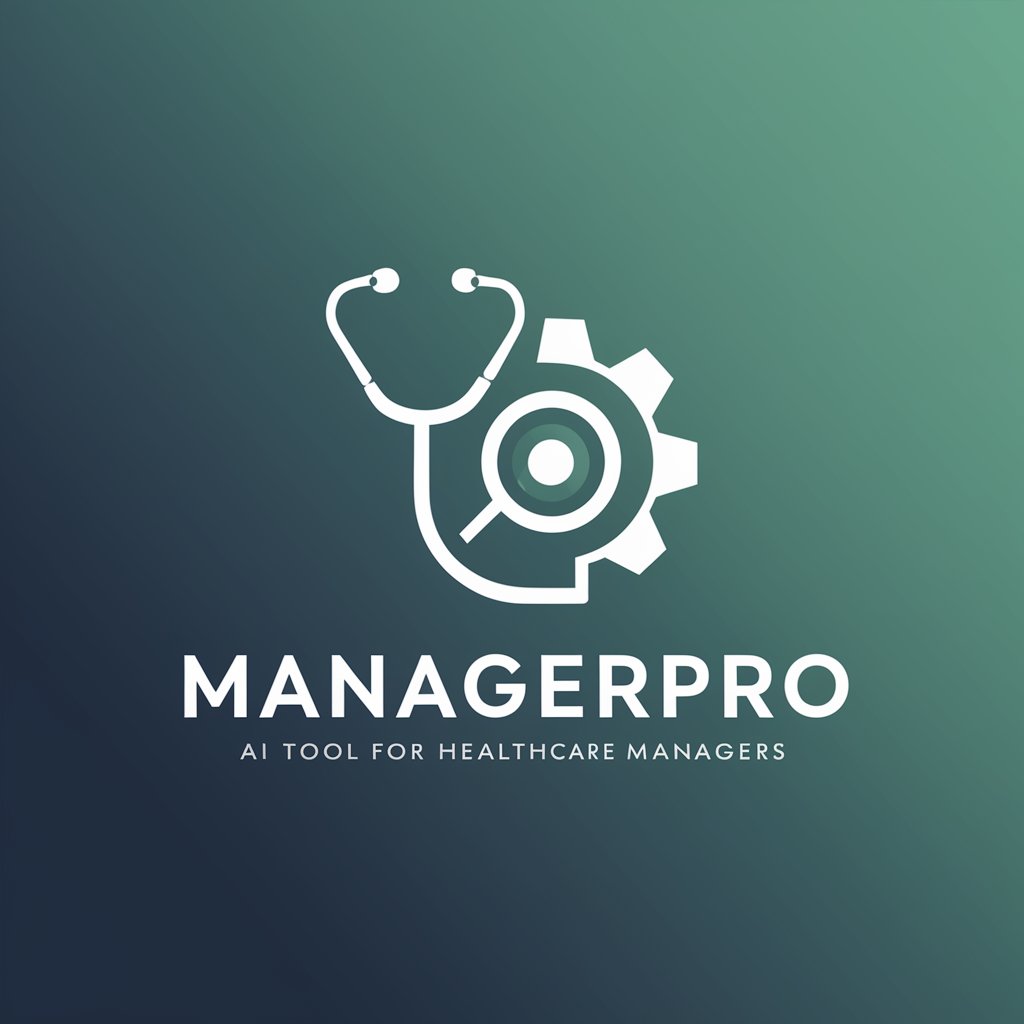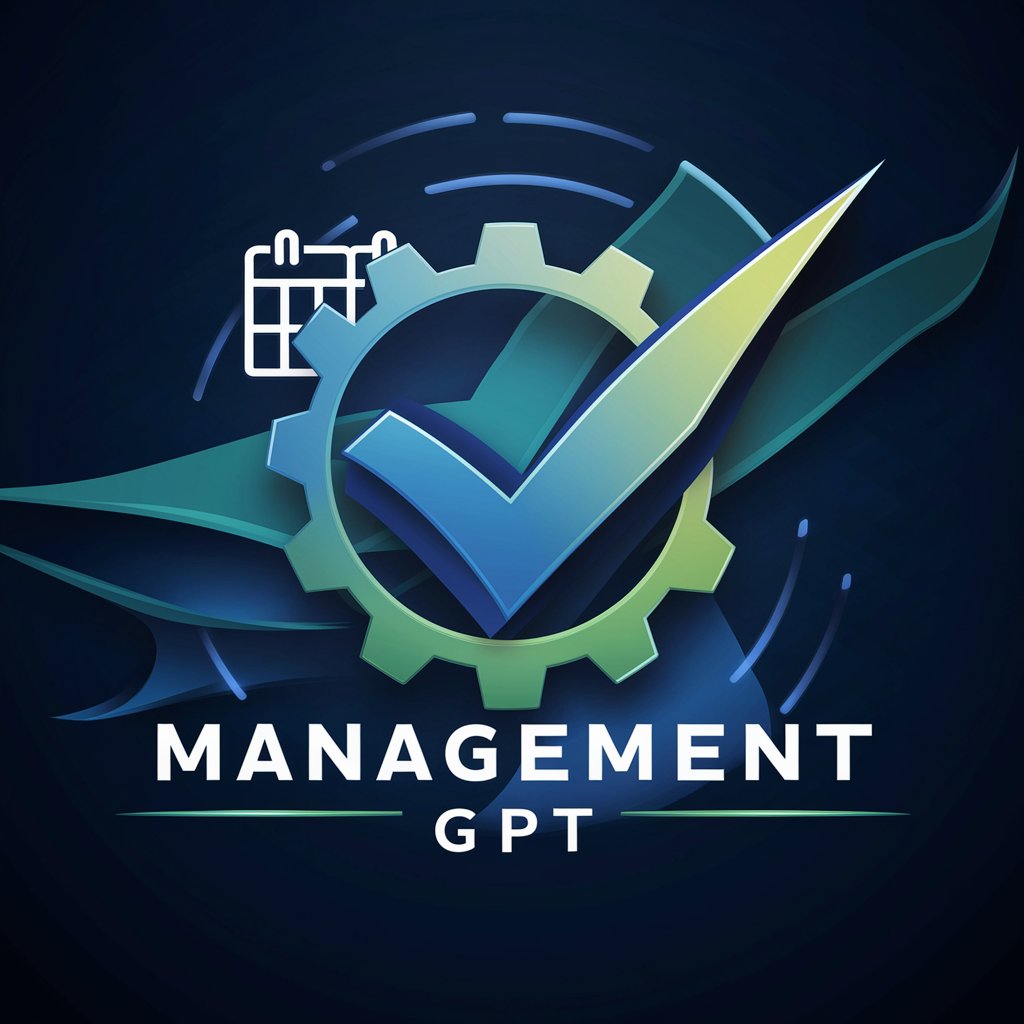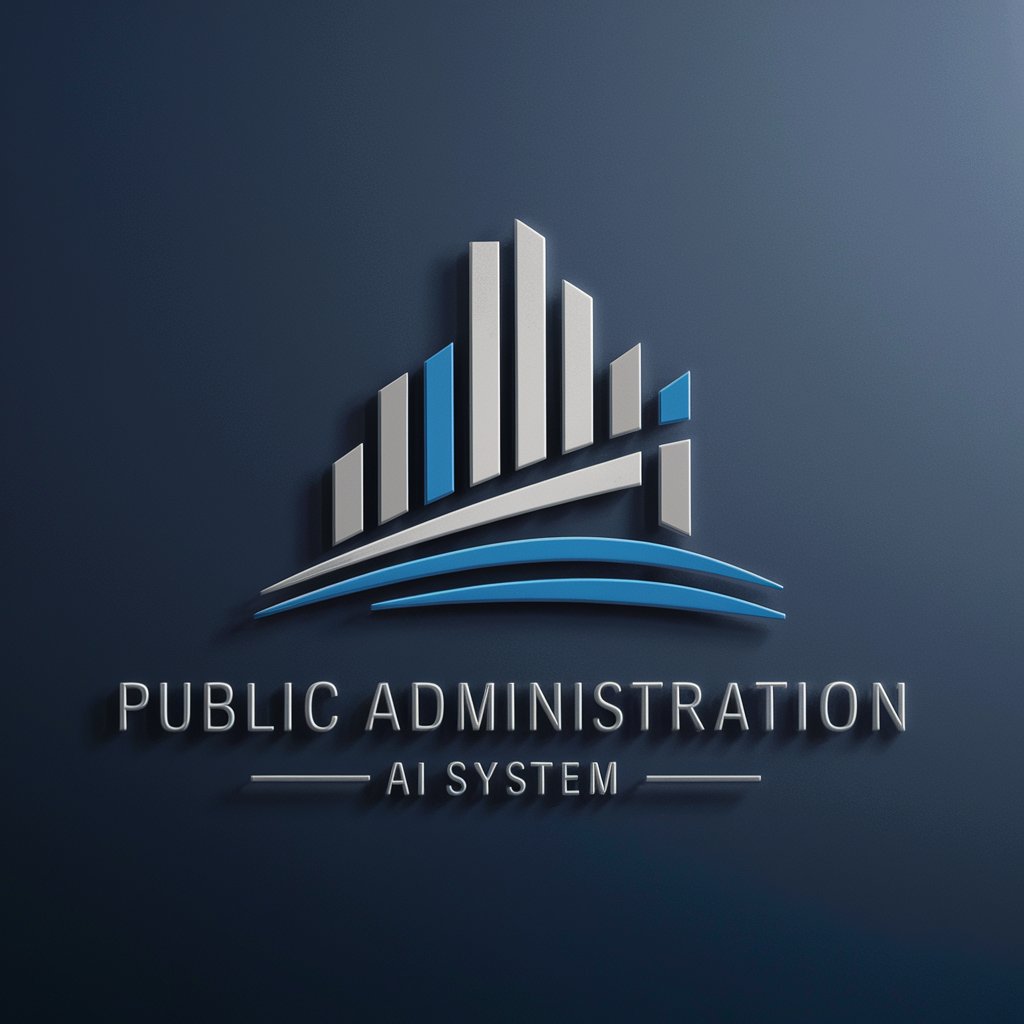
management public - Management Public Tool
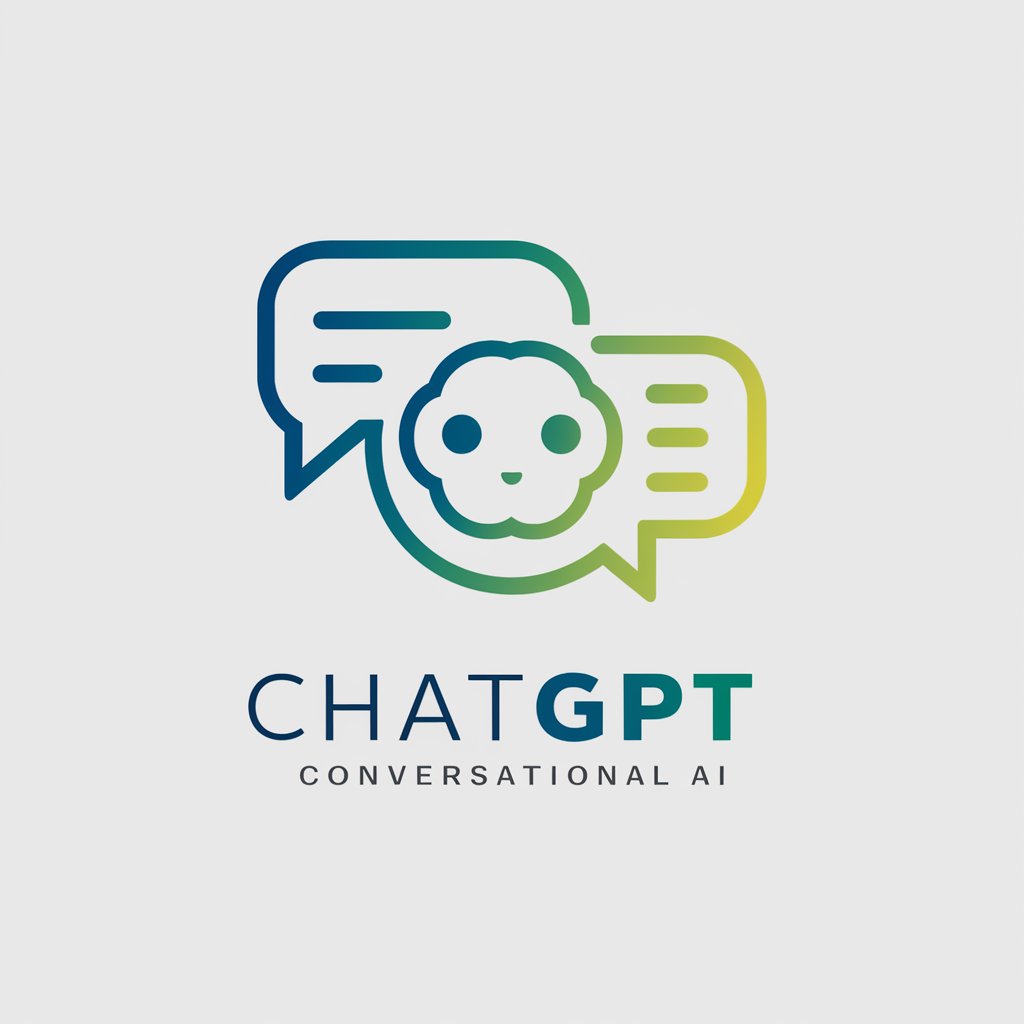
Hello! I'm here to assist with your queries and provide detailed answers.
Streamlining Public Service with AI
Explain the function and capabilities of a modern conversational AI.
Describe how AI can assist in educational settings.
What are the key features of an effective AI assistant?
How does AI handle complex and diverse queries?
Get Embed Code
Public Management Overview
Public management represents a set of processes and tools aimed at achieving optimal performance of organizations dedicated to public service. This approach signifies a significant shift for the state, focusing on management rather than mere administration. By embracing this orientation, public administrations emphasize performance improvement. At the heart of this approach is management control, a continuous process serving as the overall pilot for the organization. It is crucial for determining if the deployed means allow for the development of activities necessary to achieve expected results. Management control's purpose is two-fold: it aids leaders in making appropriate strategic and financial decisions and acts as a visionary, anticipating and adapting to future events and evolutions. This proactive anticipation is key to enhancing organizational performance. Finally, management control evaluates the effectiveness and efficiency of the human and financial resources implemented, involving rigorous and continuous evaluation to ensure the achievement of strategic and operational goals, thus contributing to more effective and responsible management. Powered by ChatGPT-4o。

Core Functions of Public Management
Management Control
Example
Evaluating the efficiency of resource utilization within a public organization to ensure strategic objectives are met.
Scenario
A municipal government uses performance indicators to assess the impact of a public transportation improvement program, adjusting strategies as necessary to meet community mobility goals.
Internal Control
Example
Implementing a set of measures and procedures to ensure the achievement of organizational objectives and compliance with laws and regulations.
Scenario
A public health agency establishes rigorous protocols to safeguard the integrity of financial reporting and compliance with healthcare regulations.
Audit and Risk Management
Example
Conducting audits to evaluate the adequacy, effectiveness, and efficiency of the internal control system and managing risks that could affect the organization.
Scenario
An internal audit team reviews the disaster preparedness plans of a city to ensure risks are appropriately managed and resources are allocated effectively.
Strategic Planning
Example
Defining a local action framework and projects to be implemented during the legislature to achieve set objectives.
Scenario
A city council develops a strategic plan that includes sustainability projects, focusing on long-term environmental, economic, and social health objectives.
Digital Transition
Example
Integrating digital technologies in public services to improve efficiency and meet citizens' needs.
Scenario
A government department undergoes digital transformation to provide online access to services, enhancing convenience and reducing processing times for citizens.
Target User Groups for Public Management Services
Public Administrations
Entities such as municipal, regional, and national governments benefit from public management to enhance service delivery, accountability, and transparency. The focus on performance and strategic planning aids in effectively meeting the needs of the public.
Public Sector Managers
Leaders within public organizations utilize public management tools and processes to drive improvements, manage resources efficiently, and achieve organizational objectives. Their role is crucial in implementing strategies for better governance and public service provision.
Citizens and Community Groups
Though not direct users, citizens and community groups are primary beneficiaries of effective public management. Enhanced participation, improved public services, and increased transparency in government operations directly impact their quality of life and satisfaction with public services.

How to Use Management Public
1
Begin by visiting yeschat.ai to start a free trial, with no need for a ChatGPT Plus subscription.
2
Familiarize yourself with the core concepts of public management, including strategic planning, performance measurement, and stakeholder engagement.
3
Identify specific goals or challenges within your organization that management public can address, such as improving efficiency, enhancing service delivery, or facilitating change management.
4
Utilize the tool’s features to analyze data, generate reports, and create actionable plans that align with your organization’s objectives and governance frameworks.
5
Regularly review and adjust your strategies based on feedback and performance metrics to ensure continuous improvement and alignment with public sector values and regulations.
Try other advanced and practical GPTs
PUBLIC INFO
Navigate Public Services with AI
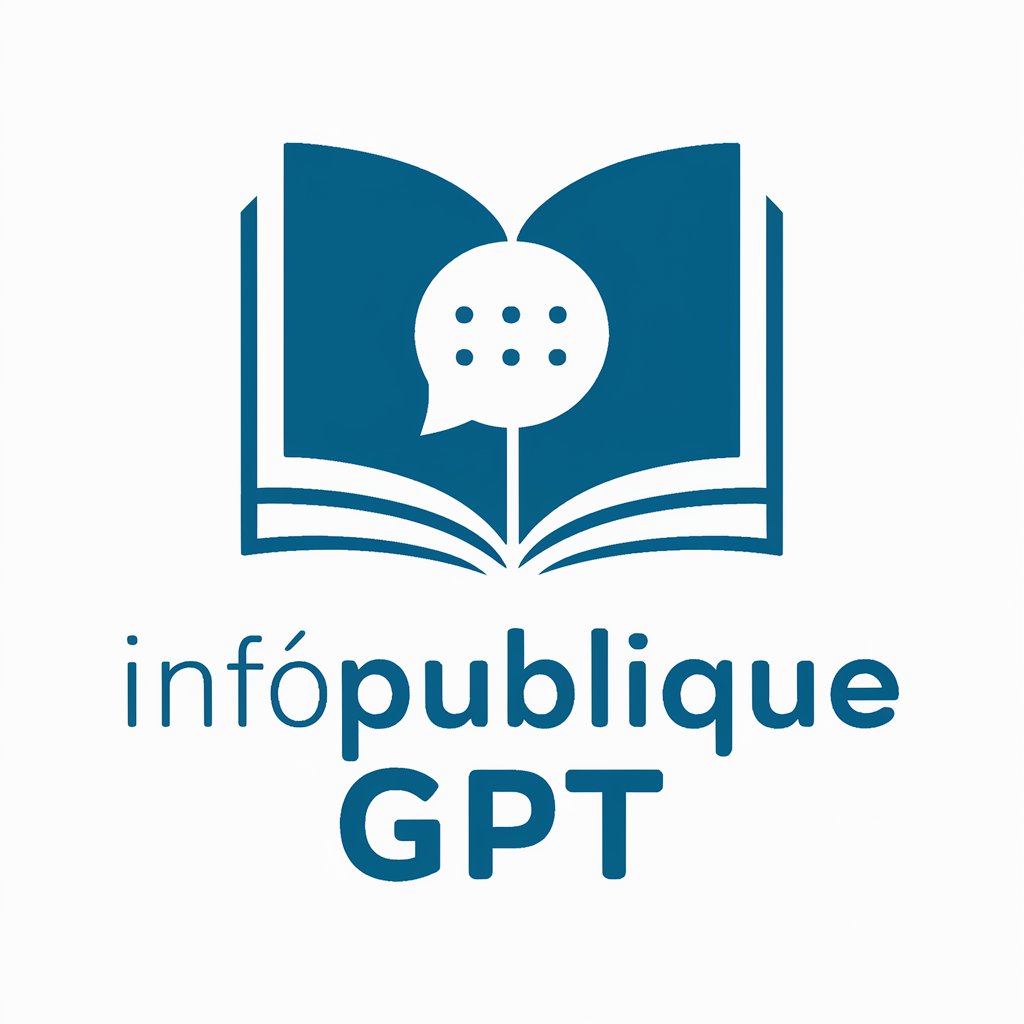
In public
Revolutionize your text tasks with AI!

Earnings Calls
AI-Driven Insights into Earnings Calls

Earnings Insights
AI-powered Earnings Analysis

Earnings Analyst
AI-powered deep financial insights

Crypto Miner Earnings Calculator
AI-driven insights for efficient crypto mining

Public Enemy
Where AI meets Satire.

Public Holidays
Maximize your vacations with AI-driven holiday insights

Public Professional
Empower your voice with AI
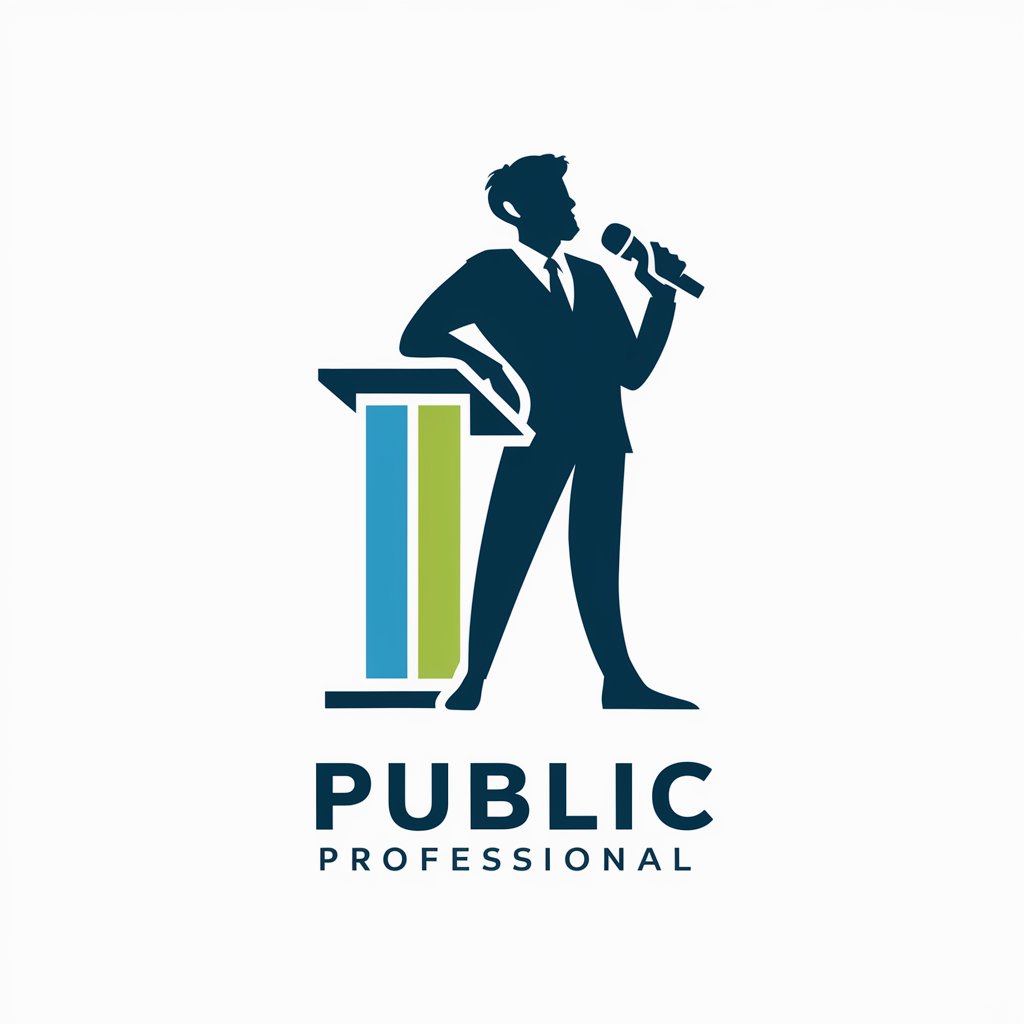
Public Hero
Deepen insights, simplify complexities

Burl Public
Crafting Festive Cheer with AI

Public Affairs Analyst
AI-powered Public Affairs Strategy and Insights
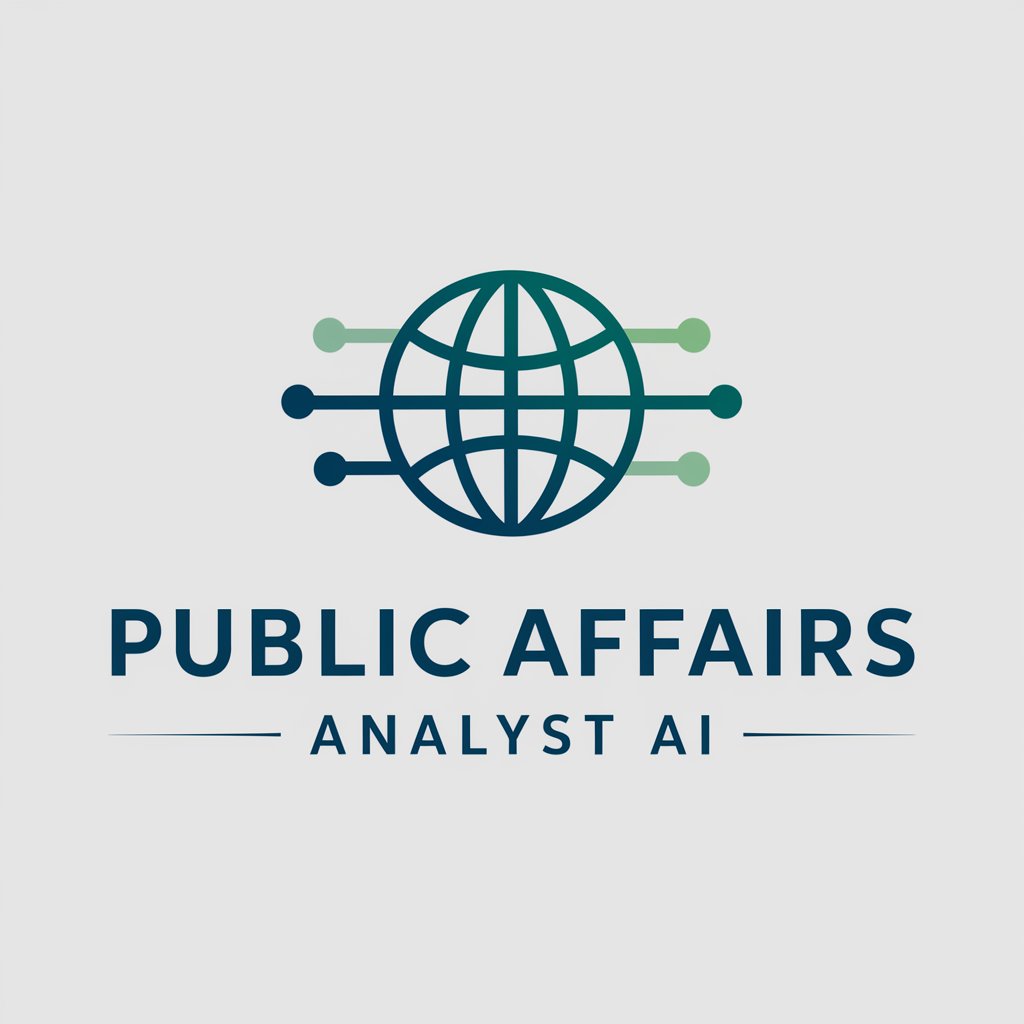
Management Public Q&A
What is public management?
Public management involves a set of processes and tools aimed at achieving optimal performance of an organization dedicated to public service, focusing on performance and strategic decision-making.
How does management public facilitate change within an organization?
It enables a proactive approach to change, incorporating strategic analysis, risk management, and stakeholder engagement to anticipate and adapt to future events and trends.
What role does technology play in management public?
Technology, especially digital platforms, plays a pivotal role in enhancing governance systems, improving efficiency, and fostering citizen participation in public administration.
How can management public improve decision-making in public organizations?
It offers a comprehensive framework for evaluating performance, ensuring effective control, and facilitating strategic financial decisions, thus improving organizational outcomes.
What are the benefits of adopting a management public approach?
It leads to improved efficiency, accountability, and service delivery in public sector organizations by aligning resources with strategic objectives and enhancing transparency.
